Envision
The Keyrole of Inland Container Depot & Container Freight Station

Table of content
1. Introduction
2. INLAND CONTAINER DEPOT (ICD)
3. CONTAINER FREIGHT STATION (CFS)
INLAND CONTAINER DEPOT (ICD)
In the current competitive trade market people focus mainly on speedy and hustle free movement of goods. More the easier cargo flow, more time is gained, and time is money. In the modern shipping sector, the cargo flow has come into a bottle neck situation with the increase in demand of goods and the pandemic has boosted the exertion. Inland Container Depot and Container Freight Station play an inevitable role in maintaining the smooth flow of cargo and diminish the port’s workload.
Inland Container Depot (ICD) and inter modal logistics have grown into progressively more important for the whole maritime as well as supply chain industry and it is an area where the carriers have opted to adapt to replenish their flow of cargo and business from sea bound transportation and end-to-end logistics providers. Inland container depot is also called dry port as it situated far away from the port premises and facilitates the collecting and dispatching of cargoes, customs clearance, repairing and temporary storage of cargoes. The container stored in the yard or storage area is either in empty or loaded. It acts like a pit stop in a hinterland for utilizing the facilities either between the transit or before getting ready for the transit.
Key advantages of the offerings of ICD
• The port activities are got back into its full-fledged operation from the Covid 19 pandemic scenario. It leads to the congestion in the port with more load in the port. By offering good service and facilities for trading activity will minimize the bottleneck in the port.
• With the exception of storage container, in the current modern market ICD provides maintenance, repair, warehousing and customs clearance of documents which are added as the value-added services. Apart from that ICD care for the safety and security of the cargo all through the adaptation and implementation of modern technology. As a whole, these add-on services have created a customer centric flow.
• As Inland Container Depots are carrying out the operation in hinterland, customer with less port exposure can access to the ICD and get the services like the port with less cost. The strong and wide network of ICD's allow for competitive rates since these Inland Container Depots allow for expenditures to be reduced for businesses, by delivering warehousing and transit services.
• Another major advantage of an ICD is it function as a hub or intermediary stop for the transshipment. The containers can be consolidated from rail and road with minimized transportation cost. The accessibility of ICD to rail mode will be great benefit to the people in business in diminishing the expenses.
• Better control over demurrage charges and pilferage of goods and issuance of through bills of lading by shipping lines.

CONTAINER FREIGHT STATION (CFS)
CFS Shipping (Container Freight Station) is seeing a significant increase in demand because of smaller and more specific consignments, rising demand for e-commerce and the overall growth of less-then-a-container load (LCL). Container freight station plays almost similar functions as ICD. Unlike ICDs Container Freight Stations are generally works close to harbors, within terminals, close to massive warehouses or near major railway hubs, because once the goods are de-consolidated for the individual shippers in case of LCL, the goods will either be transported by trucks or trains or picked up by each customer. If a customer or his agent want to pick-up the cargo, he needs a delivery order (permission to release to goods) and a customs clearance form to indicate that your products are allowed into the country for their (de-)consolidation service, the CFS charges a fee based on the volume of the cargo.
Import Process at CFS
• Importer/carrier/steamer agent files import general manifest (IGM) – with details of cargo, exporter, importer, ship at port/terminal to move cargo to CFS
• Container received at port/terminal is moved to CFS
• Cargo is unloaded, stacked and de-stuffed at CFS
• Cargo owner or their clearing agent files bill of entry, proceeds with cargo clearance and duty payment
• Custom endorses bill of entry with “out of charge” order
• CFS custodian issues gate pass to release cargo to the importer
Export Process at CFS
• Exporter loads goods on truck, delivers it at CFS with shipping bill
• Goods are unloaded at CFS and received by CFS custodian
• Custom clearance procedures take place.
• After customs authorities endorse shipping bill with “let export order”, CFS stuffs goods into the container
• CFS seals container hands it over to port/terminal for export
Key Benefits of CFS
• Consolidate LCL goods into bigger containers according to the size for the same or different customers shipping to same area.
• It lessens over crowding at ports and terminals.
• This alleviates customers from several custom’s clearance processes.
• For simple monitoring of cargo and containers, a unique identifying number is assigned to each vessel.
• Maintains shipment data, including exporter, importer, and customs agent names, cargo information, origin and destination ports, carrier name, truck number and so on.
• All the advantages of containerized transportation, including as increased cargo security, fast and effective loading, unloading, stuffing and de-stuffing, and a choice of containers to meet your requirements, are available.
Talk to us today to know how our solutions can accelerate your digital transformation
Let's Talk


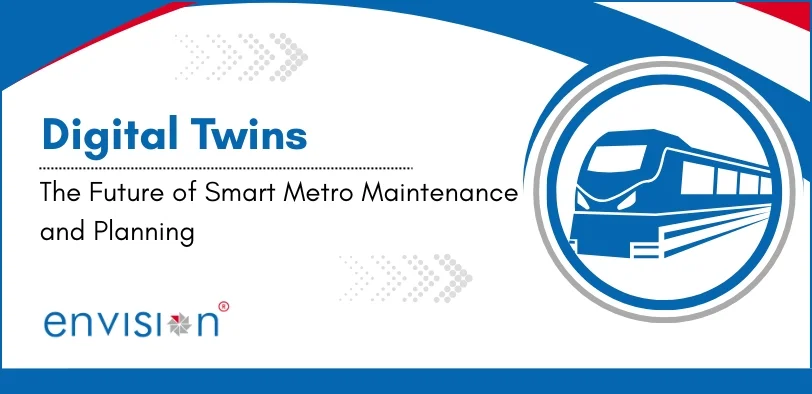

.webp)
.webp)
.webp)
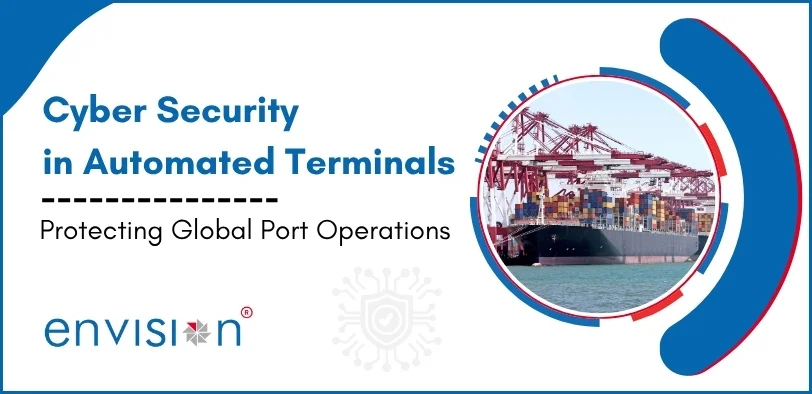



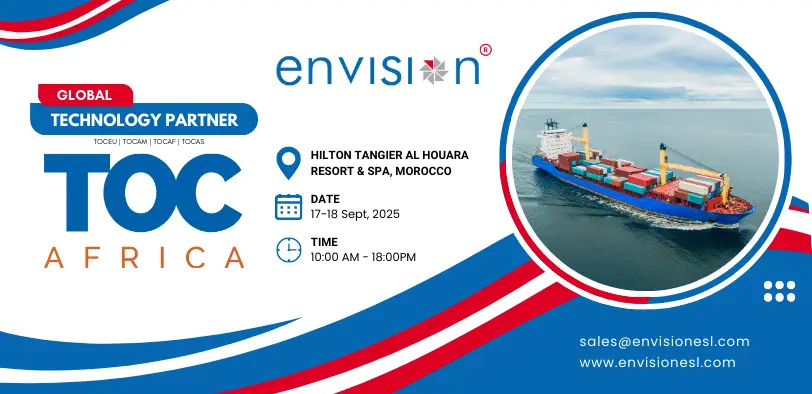
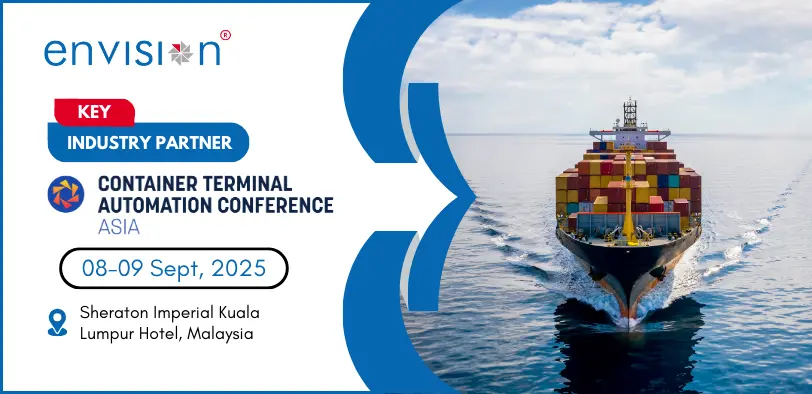
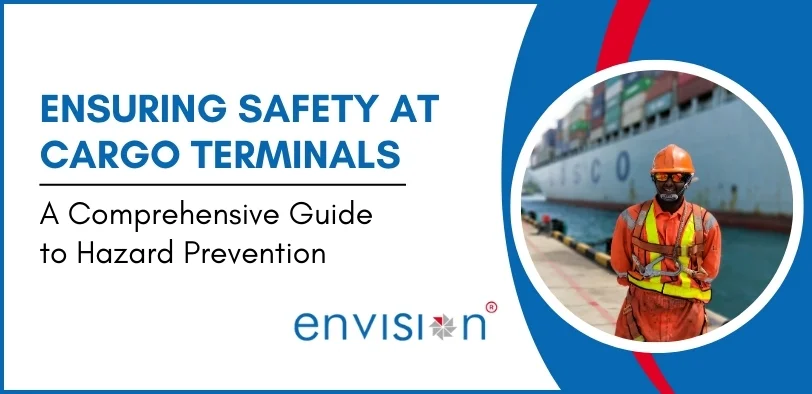

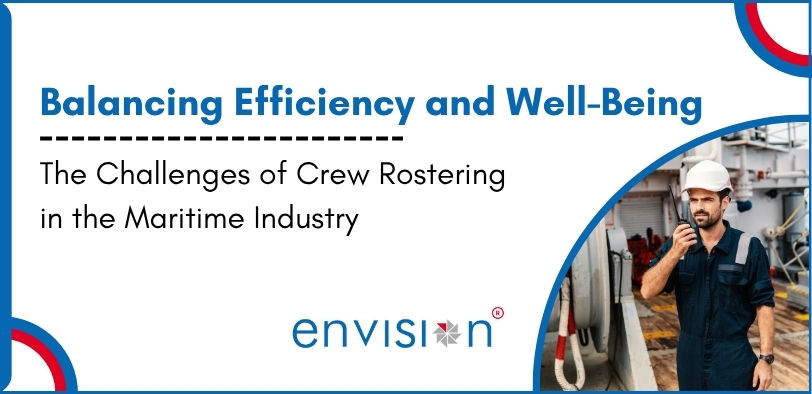
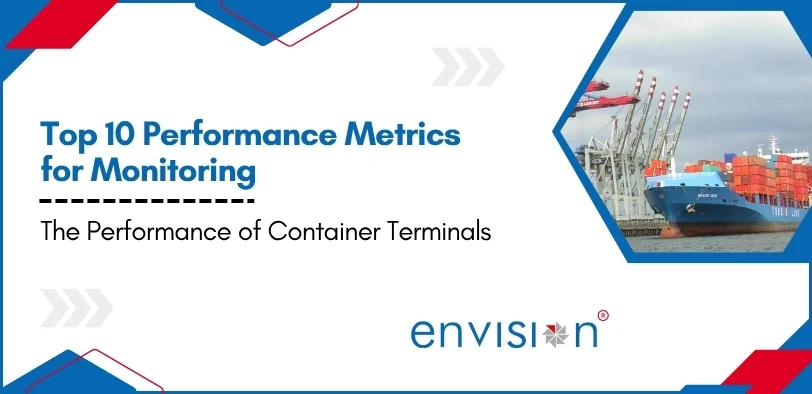
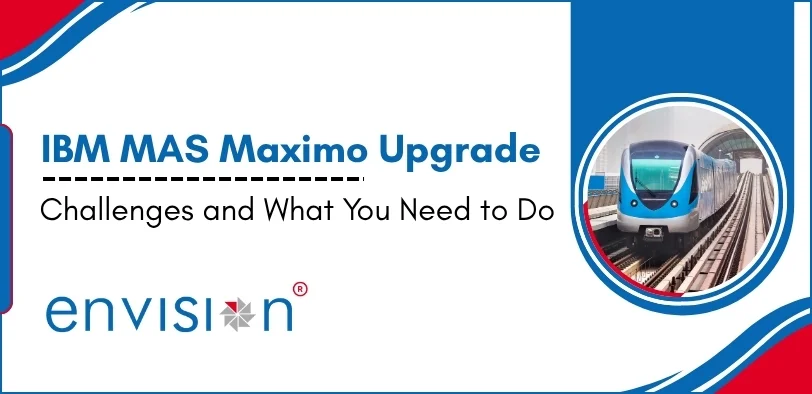
.webp)
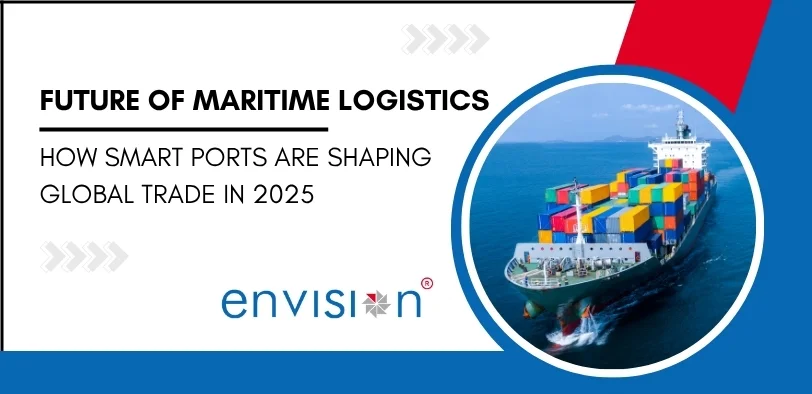







%20ver1_1.webp)







.webp)
.png)
.png)







































